ITIL® 4 Leader: Digital and IT Strategy (DITS) Training
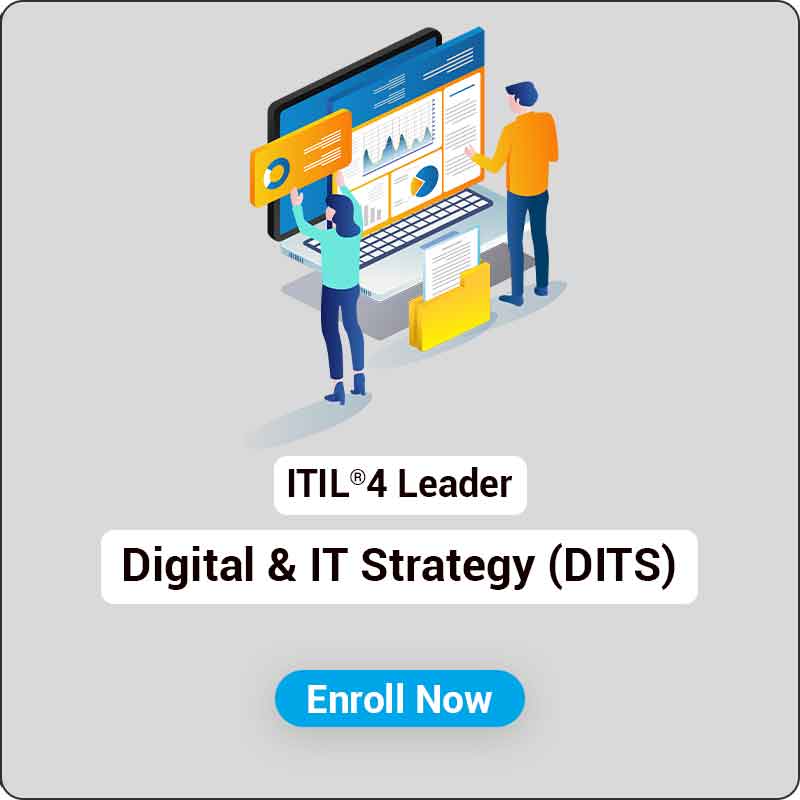
ITIL® 4 Leader: Digital and IT Strategy (DITS) Course Features
Strategic Focus: The concentration of the DITS module is the strategic aspect of digital and IT strategy. It equips individuals with the knowledge and tools necessary to align digital initiatives with business objectives, foster innovation, and add value to the organisation. The module emphasises the significance of strategic thinking and decision-making in leveraging technology for the success of a business.
Holistic Approach: DITS approaches digital and IT strategy holistically. It encompasses numerous facets, such as technological trends, organisational capabilities, consumer experience, financial management, risk management, and governance. This exhaustive perspective ensures that professionals comprehend the numerous facets of digital and IT strategy and can effectively address them.
Integration of ITIL Practices: ITIL 4 practises are integrated by DITS within the context of digital and IT strategy. It demonstrates how the fundamental concepts and principles of ITIL 4 contribute to the creation and execution of effective strategies. This integration enables professionals to leverage established ITIL practises while aligning them with the organization's strategic objectives
Alignment with Business Objectives: DITS places an emphasis on aligning digital and IT strategies with business objectives. It helps professionals comprehend how technology initiatives can support the vision, mission, and strategic objectives of an organisation. This alignment guarantees that digital and IT strategies directly contribute to the organization's success and competitive advantage.
Change Management and Leadership: DITS acknowledges the significance of change management and leadership in the implementation of digital and IT strategies. It provides guidance on effectively managing organisational change, fostering an innovation culture, and leading digital transformation initiatives. These abilities are essential for executing a strategy effectively and overcoming resistance to change.
Practical Application: The DITS module focuses on the implementation of digital and IT strategy concepts in practise. It provides case studies, examples, and exercises from the real world to assist professionals in applying the acquired knowledge to their own organisations. This emphasis on application ensures that professionals can promptly apply their knowledge to real-world scenarios and produce measurable outcomes.
Professional Development: The DITS module provides professionals with an opportunity to improve their career prospects and professional development. It grants them a certification that demonstrates their proficiency in digital and IT strategy. This certification demonstrates their ability to contribute strategically to the development and success of an organisation
Professional Development: The ITIL® 4 Leader: Digital and IT Strategy (DITS)module provides professionals with the opportunity to enhance their career prospects and professional development. The certification verifies their competence in digital and IT strategy, demonstrating their capacity to contribute to the development and success of the organisation.
Learning objectives of ITIL® 4 Leader: Digital and IT Strategy (DITS)
-
Understand the Scope and Objectives of DITS: Gain a thorough understanding of the module's intent and scope. Understand the fundamental concepts, principles, and practises of digital and IT strategy, including its alignment with business objectives and its role in driving organisational success.
-
Understand the Strategic Environment: Develop a comprehension of the strategic context in which digital and IT strategies are developed. Examine determinants of the strategic landscape, such as market dynamics, customer expectations, emerging technologies, and industry trends.
-
Define Digital and IT Strategies: Learn how to define digital and IT strategies that are aligned with the vision, mission, and business objectives of the organisation. Comprehend the process of conducting a strategic analysis, identifying strategic initiatives, and developing a comprehensive strategy that encompasses technology, people, processes, and governance.
-
Align Digital and IT Strategies with Business Goals: Learn how to align digital and IT strategies with the organization's business goals and objectives. Understand the importance of ensuring that technology initiatives directly contribute to the organization's success and competitive advantage.
-
Manage Organizational Change: During the implementation of digital and IT strategies, gain insight into managing organisational change. Learn change management principles, techniques, and best practises to surmount organisational resistance, promote adoption, and establish a culture of innovation.
-
Manage Organizational Change: The ITIL® 4 Leader: Digital and IT Strategy (DITS)module acknowledges the significance of change management and leadership in the implementation of digital and IT strategies. It provides guidance on effectively managing organisational change, fostering an innovation culture, and leading digital transformation initiatives.
-
Evaluate and Manage Risks: Understand how to identify, evaluate, and manage digital and IT strategy risks. Learn frameworks and techniques for risk management in order to mitigate potential hazards and ensure the successful execution of strategic initiatives.
-
Professional Development: The ITIL® 4 Leader: Digital and IT Strategy (DITS)module provides professionals with the opportunity to enhance their career prospects and professional development. The certification verifies their competence in digital and IT strategy, demonstrating their capacity to contribute to the development and success of the organisation.
-
Drive Innovation: Explore strategies for fostering innovation within the organization. Understand how to leverage emerging technologies, encourage experimentation, and create an environment that promotes creativity and continuous improvement.
-
Financial Management and Governance: Acquire knowledge of the principles and practises of financial management as they pertain to digital and IT strategies. Comprehend how to effectively allocate resources, monitor financial performance, and ensure governance and compliance for strategic initiatives.
-
Measure and Monitor Performance: Learn how to establish performance metrics and measurement frameworks to track the efficacy and influence of digital and IT strategies. Recognize the significance of data-driven decision making and continuous improvement in attaining strategic goals.
-
Leadership and Communication: Develop the requisite leadership and communication skills to drive digital and IT strategies. Learn how to effectively convey the strategic vision, engage stakeholders, and motivate teams to achieve strategic objectives.
Target audience
The ITIL® 4 Leader: Digital and IT Strategy (DITS) module is intended predominantly for IT professionals involved in strategic planning, governance, risk management, and continuous improvement within an IT service organisation. The target audience for the DITS module includes:
-
IT Managers and Leaders
-
Digital Transformation Managers
-
IT Strategy Managers
-
IT Governance Professionals
-
Business and IT Consultants
-
Senior Executives and Directors
-
IT Professionals Seeking Career Advancement
Pre-requisites

Exam and Certification information of ITIL® 4 Leader: Digital and IT Strategy (DITS)
This certification has 2 part exam
Part 1 Exam
Case Study:
-
No. of Case Studies: 4
-
Exam duration: 60 minutes each
-
Exam Format: All four assignments are based on a case study which describes three companies engaged in service relationship. All assignments address two assessment criteria (ACs). There is one dedicated AC that all the assignments are focused on, which is AC: ‘Relate the ITIL guiding principles to all aspects of Digital and IT Strategy’.
-
Pass Marks: 32 out of 40 (75%)
-
Exam Type: Open Book
Part 2 Exam
Exam Details:
-
Pre-Requisite: Clear all the 4 Case Studies with a minimum of 30 marks out of 40
-
No. of Questions: 30
-
Exam Duration: 60 minutes
-
Exam Format: Multiple Choice Questions (MCQ)
-
Pass Marks: 21 out of 30 (70%)
-
Exam Type: Closed Book
ITIL® 4 Leader:(DITS) Training Course Certification Journey
Course Outline
- ITIL Foundation recap
- ITIL practices
- The digital and IT strategy context
- Focus on value
- Start where you are
- Progress iteratively with feedback
- Collaborate and promote visibility
- Think and work holistically
- Keep it simple and practical
- Optimize and automate
- Digital Technology
- Digital Business
- Digital Organization
- Digitization
- Digital Transformation
- Business Strategy and Business Models
- Digital and IT Strategy
- Product Management
- Service Management
- Digital and IT Strategy and the Understand the relationship betweencore components of the ITIL Service Value System (SVS) and Strategy Management practice
- External analysis: PESTLE
- Internal analysis: The Four Dimensions of Service Management
- Learn how an organization’s viability is related to how agile, resilient, lean, continuous and co-creational it is
- Know how to apply Digital and IT Strategy in managing VUCA environments
- Ecosystem
- Industry/market
- Organizational Case Study Assignment 1 & 2 to be completed.
- Achieving customer/market relevance
- Achieving operational excellence
- Internal and external focus
- Balanced approach
- Use a digital positioning tool to determine the appropriate position for a digital organization
- journeys
- Omni-channel delivery and support
- Context-sensitive delivery and support
- Customer analytics
- Customer feedback and 360 approaches
- Know how to achieve operational excellence in the four dimensions of service management
- Financial policies
- Portfolio optimization
- Funding projects, products and services
- Balancing the cost of innovation and operation
- Charging models
- Apply strategic approaches for digital organizations
- Case Assignment 3 to be completed
- Explain the concept of risk management in the context of a digital organization
- Identify risk
- Assess risk
- Explain the concept of risk posture and show how to determine an acceptable balance between opportunity and risk
- Explain the concept of innovation, including its key elements and techniques
- Describe techniques to develop and maintain a culture of innovation
Learn how to use a digital readiness assessment to perform a gap analysis between an organization’s current and desired positions
- Explain how to define and communicate a vision and a strategy
- Learn how to use business cases to advocate for a Digital and IT Strategy
- Learn how to define operating models for digital organization
- Explain the major skills required of leaders in a digital organization
- Large-scale transformation
- Incremental transformation
- Mergers and acquisitions
- Individual changes
- Explain approaches to POM (parallel operating model)
- Explain how to assess success of a Digital and IT Strategy
- Explain the typical activities of a digital transformation program
- Case Assignment 4 to be completed
- Recap
- ITIL® 4 Leader: Digital and IT Strategy (DITS) Sample Paper Discussions
- Q&A


.png)
.png)
.jpg)
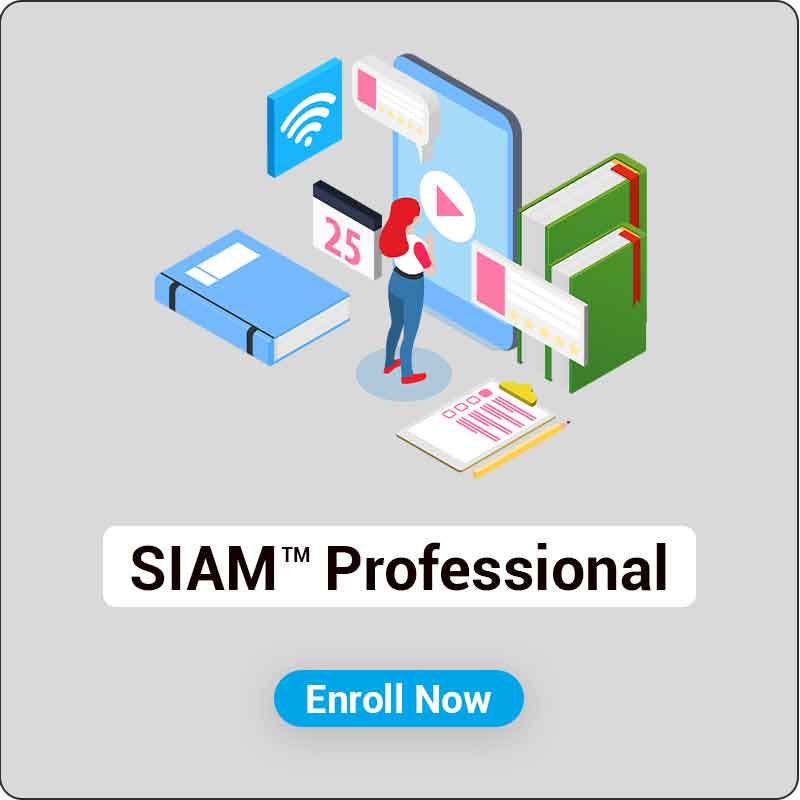
.jpg)
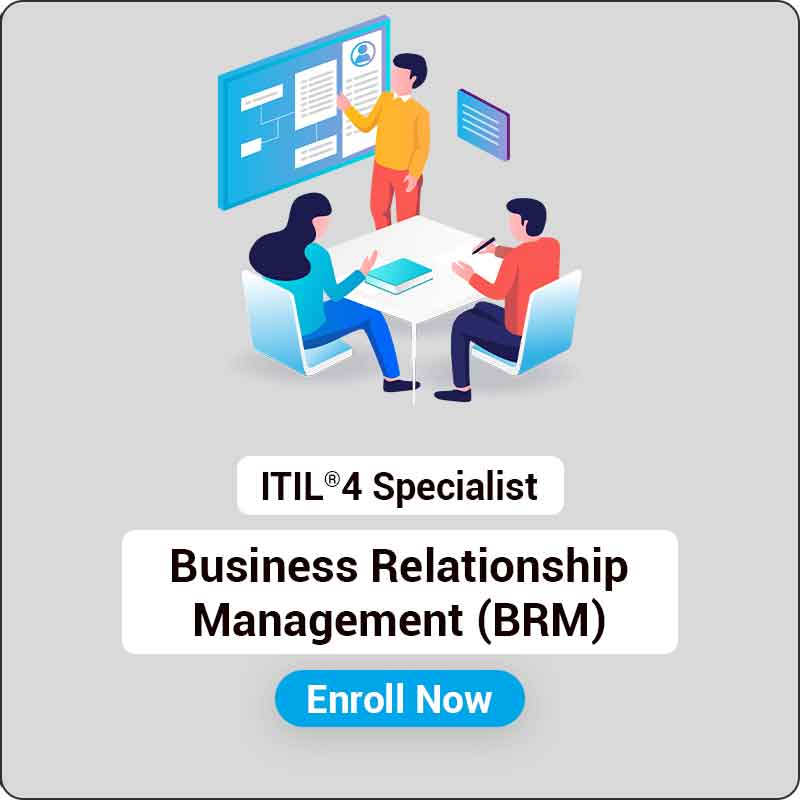
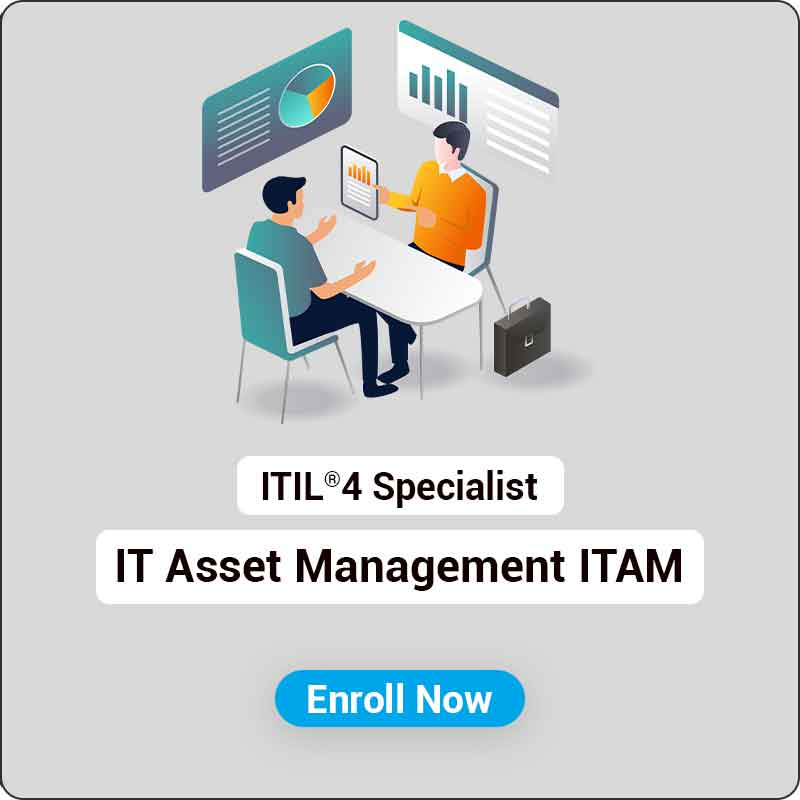
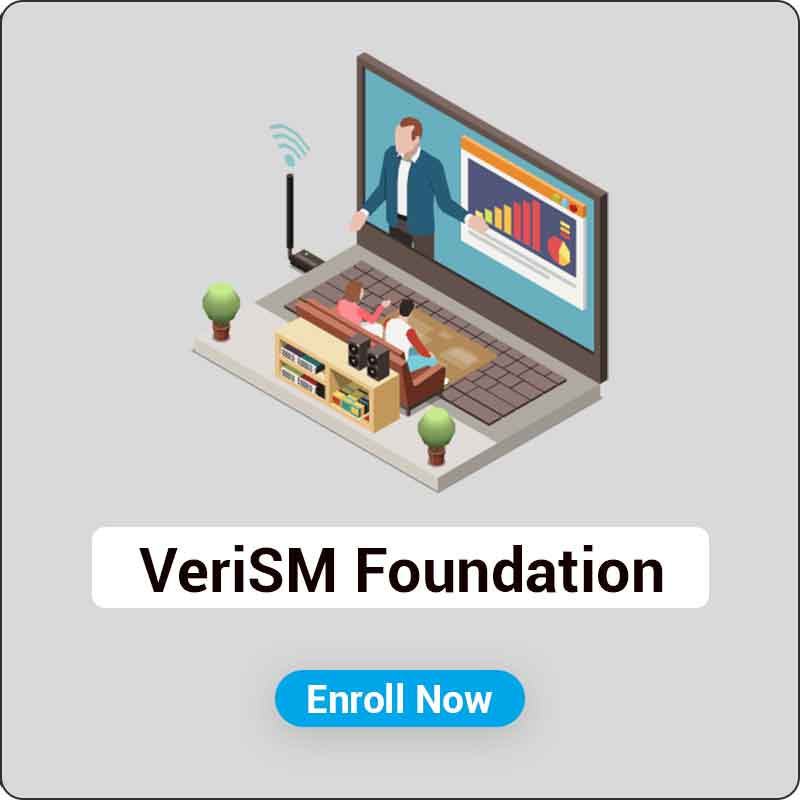
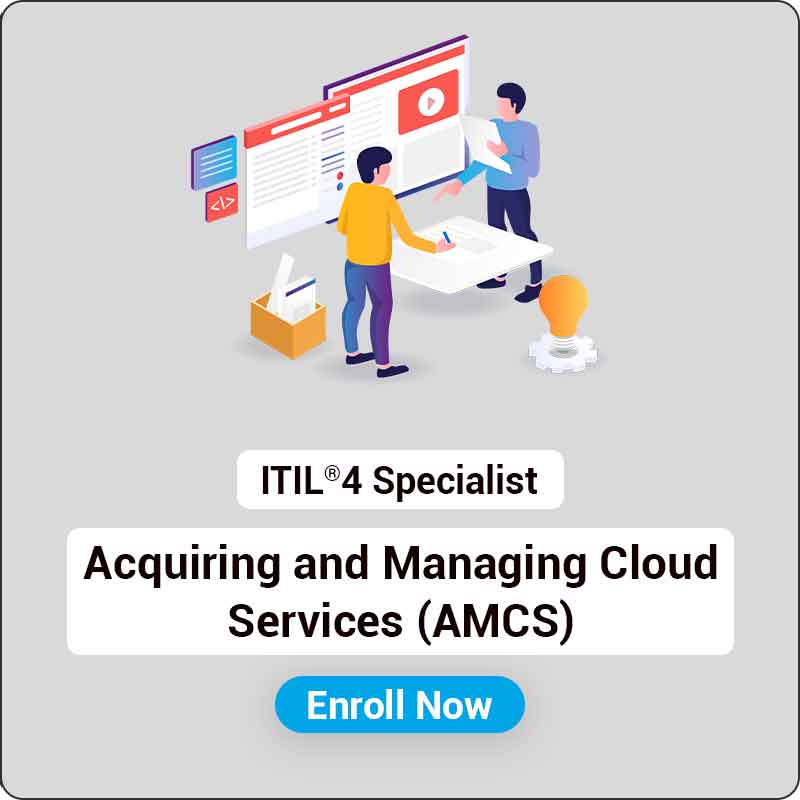
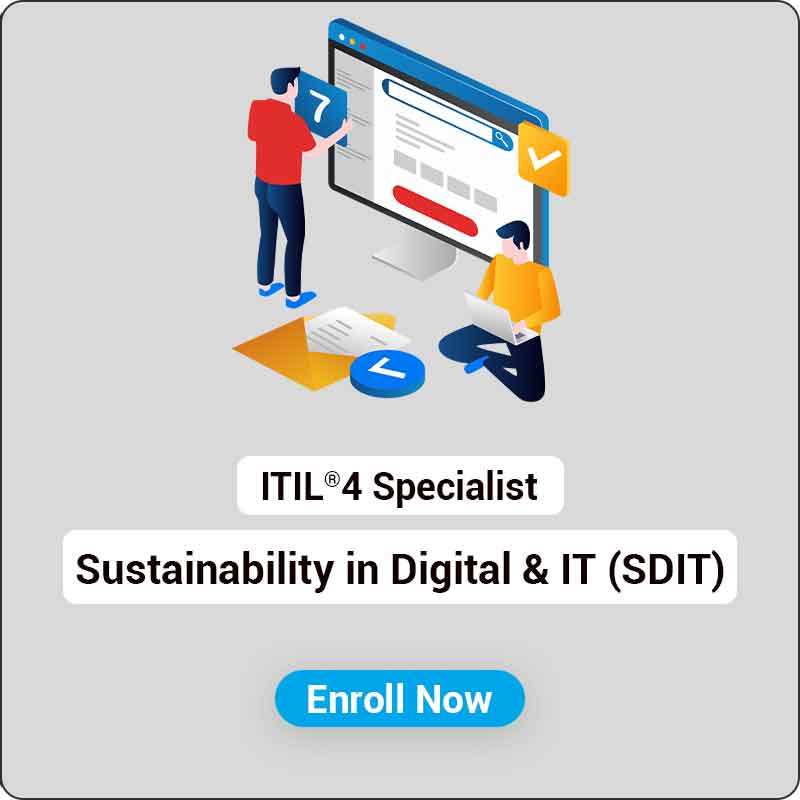

Student feedback
Reviews